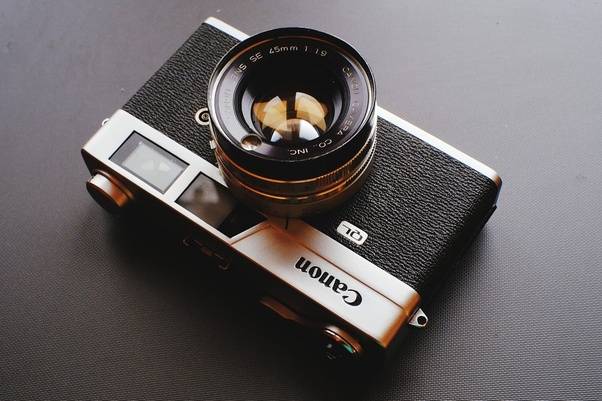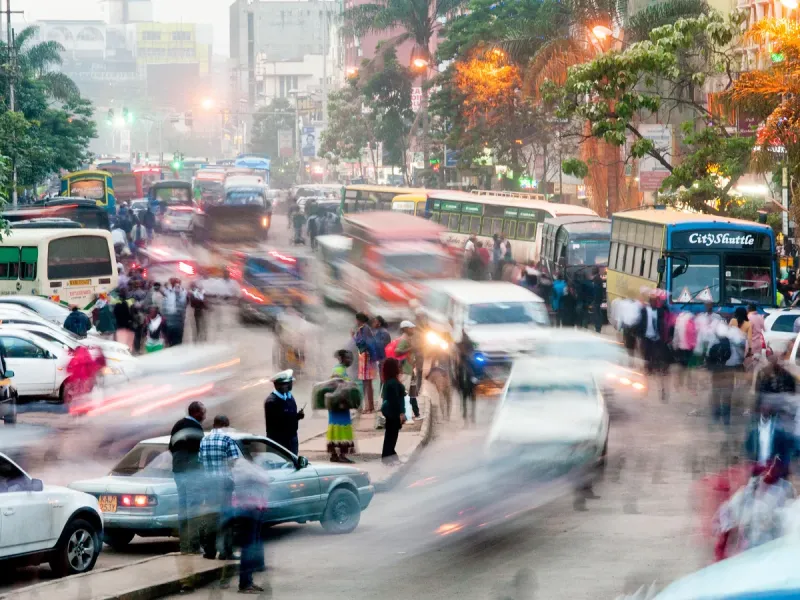Smartphone cameras have come a long way in recent years, with many manufacturers touting their latest models as capable of producing images that rival those shot with a dedicated DSLR camera. But are smartphone cameras really getting better than DSLRs? In this article, we'll take a closer look at the strengths and weaknesses of both types of cameras and help you decide which one is right for you.
1. Image Quality
When it comes to image quality, DSLRs still have the edge over smartphones. DSLRs are designed to capture high-quality images with minimal noise and excellent dynamic range, thanks to their larger image sensors and more powerful processors. While smartphone cameras have improved dramatically in recent years, they still can't match the image quality of a DSLR. That being said, for most casual photographers, the difference in image quality between a high-end smartphone camera and a DSLR won't be noticeable, especially when viewing images on a small screen or sharing them on social media.
2. Flexibility and Control
One of the biggest advantages of a DSLR camera is its flexibility and control. DSLRs offer a wide range of lenses that can be swapped out to suit different shooting situations, from wide-angle landscapes to telephoto portraits. They also offer manual control over settings like aperture, shutter speed, and ISO, allowing photographers to fine-tune their images and achieve the exact look they're going for. Smartphone cameras, on the other hand, are much more limited in terms of flexibility and control. While some smartphones offer the ability to adjust settings like ISO and shutter speed, the majority of users will be shooting in automatic mode most of the time. And while smartphone cameras are getting better at simulating the bokeh effect (blurring the background to create a shallow depth of field), they still can't match the look of a professional-quality lens on a DSLR.
3. Portability
One of the biggest advantages of a smartphone camera is its portability. Most people carry their smartphones with them everywhere they go, making it easy to capture spontaneous moments and take photos on the go. In contrast, DSLRs are much bulkier and heavier, and require a separate camera bag to transport them safely. While portability is a big advantage for smartphone cameras, it's worth noting that DSLRs are still the best choice for certain types of photography, such as wildlife photography or sports photography, where a longer lens is required to capture distant subjects.
4. Editing and Sharing
Another advantage of smartphone cameras is their seamless integration with social media and photo editing apps. Most smartphones come with built-in photo editing tools that allow users to crop, adjust brightness and contrast, and apply filters to their images. And because smartphones are designed to be connected to the internet, it's easy to share photos on social media or upload them to cloud storage services like Google Photos. While DSLRs can also be used to edit and share photos, the process is typically more complicated and time-consuming. DSLRs require a separate computer and editing software to process images, and the files can be quite large and difficult to share online.
Read Also: 10 Good Computer Tricks That Are Not Commonly Known
Conclusion
While smartphone cameras are certainly improving and can produce excellent images in the right conditions, they still can't match the image quality and control of a dedicated DSLR camera. However, for most casual photographers, a high-end smartphone camera will be more than sufficient for their needs, especially when it comes to portability and ease of use. Ultimately, the best camera for you will depend on your individual needs and preferences, and the type of photography you're interested in.
Looking at buying a new DSLR today ? Check Out Here




